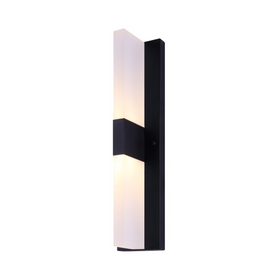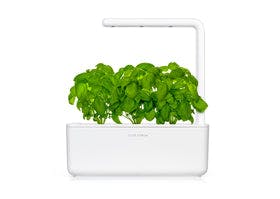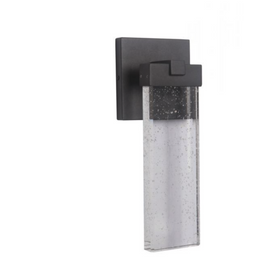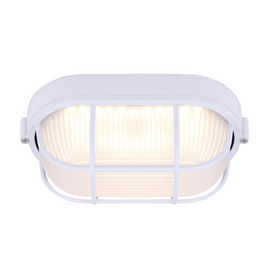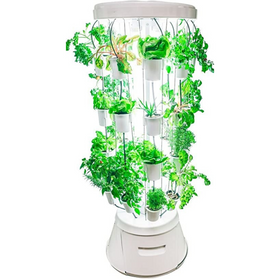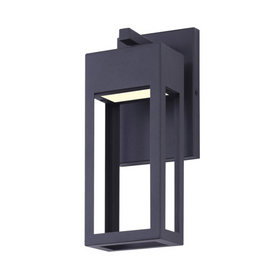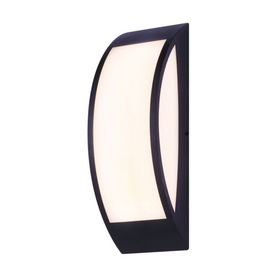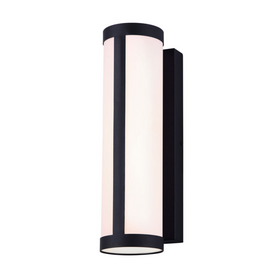
The Benefits of Native Plants
Last Updated: Mar 29, 2025For several years gardeners and gardening experts have touted the benefits of growing native landscapes to showcase beautiful plants and preserve regional biodiversity. The United States has more than 40 million acres of monoculture green lawns and non-native exotic, florid plants requiring an extraordinary level of water and fertilizer to maintain. Going native means helping confront the global climate crisis. Natives are part of permaculture design that helps individuals reduce their ecological footprint.
Table of Contents
- What Are the Benefits of Native Plants in Your Yard?
- How Do You Plan A Native Garden?
- How Do You Plant A Native Garden?
- How Can You Find Native Plants in Your Area?
- How to Add Grasses and Manage Rainwater
What Are the Benefits of Native Plants in Your Yard?
Native plants support and restore biodiversity while improving the health of bees, local insects, and birds. They add variety and color. They grow nearly everywhere in a garden, from shaded spots to full-sun areas, from side strips to medians between sidewalks and streets.
Native plants provide considerable environmental benefits. Natives need less water and maintenance than non-native species. The deep roots stave off erosion and store water, reducing run-off. Cities build native landscapes and encouraged or required developers to do so to decrease run-off into sewers and water bodies.
Homeowners trim rather than mow natives, leading to fewer emissions from lawnmowers and other gas-powered equipment. Natives sequester carbon from the air, another significant benefit. They grow without expensive, environmentally damaging fertilizer. Studies show homeowners use ten times the amount of pesticides on lawns per acre than is applied to farmland.
Most natives are perennials and, unlike annuals, do not have to be replaced every year. That means homeowners can save hundreds of dollars annually by not having to replace ornamental annuals. The plants themselves are often inexpensive, costing just a few dollars per plant.
Homeowners with native plants find that their gardens fill with great colors throughout the seasons and with butterflies, birds, and other wildlife attracted to natives. Despite all the advantages they have, native landscapes do not come without much work, from planting to maintenance.

How Do You Plan A Native Garden?
Native plants have an easy definition – there are from around here. Typically, true natives have been part of a region’s ecosystem before the arrival of European settlers. Different areas have different native plants. Midwest natives include northern white cedar, columbine, and swamp milkweed. In natives include New England red cedar, red chokeberry, and rough-stemmed goldenrod.
If you have never planted a native garden, start by doing research. Walk around your neighborhood and look for native landscapes and study their layouts, plant placement, and color. Ask your local garden or native landscaping store about what native plants could work in your yard.
Tapping local gardening stores does two things. It supports the local business economy and helps you avoid mistakes. The several growing zones of North America determine which native plants work best. Garden outlets near you aren’t about to sell you plants that cannot flourish in your area.
How Do You Plant A Native Garden?
Gardens fit almost anyplace – the side of a home, the middle of a backyard, part of the front yard, the street, or a corner of the yard. Map out an area and be creative.
It does not have to be a perfect square, rectangle, or triangle. You can make it amoeba-shaped or undulating, depending on location. Consider adding an attractive border of brick, limestone, or other material to give the garden a clean definition.
Once you have chosen the site, clean it up by killing the grass or digging up plants on it. Look at the soil to see if it has clay or sand and determine how sunny the site will be. Will it be sunny all day? Sun and shade? Shade only?

How Can You Find Native Plants in Your Area?
Look for plants in your zone that grow well in areas where you plan to plant natives. Pay attention to the labels on plants, which clearly state in what kind of light they flourish.
Several websites help gardeners looking to grow natives by listing what works in their regions, among them the National Wildlife Federation and Audubon Society. The society’s website promotes birds through native planting and offers a zip code search tool for finding out what grows in your neighborhood. Other organizations promote regional natives, such as the Native Plant Trust in New England.
Natives include trees and shrubs. Should you grow large species, choose them first. Take care when deciding their placement. Shrubs can accentuate wildflowers and other natives, or they can block them from view.
Plant location regarding design is essential to developing a beautiful garden design. Shorter plants should fill the border area, with taller varieties behind them, to create a cascading effect. Ground cover natives and grasses can often work well at the border edge, followed by taller plants further back. Grasses also work as a backdrop to colorful native concentrations.
Gardeners should group similar plants because they will bloom simultaneously and be easier to maintain. Having one that blooms in spring and another in fall adjacent to one another creates visual flair.
Consider the height of vegetation when planting. Natives can grow as high as six feet, such as joe-pye weed. A rule of the green thumb is to avoid growing plants that reach heights more than half the width of the bed. An eight-foot-wide bed should contain no plants that rise higher than four feet.
How to Add Grasses and Manage Rainwater
Options are available if you want to move beyond just planting natives and replace your lawn, which is likely Kentucky bluegrass. The modern popular replacement for Kentucky bluegrass is red fescue, a hardy shade, and drought-tolerant grass. Sedges can work, too, if bunched together to create a grass-like landscape. In the West, homeowners have opted for seashore bentgrass and buffalo grass.
Popular in the South are St. Augustine, buffalo grass, and blue gramma. Mixtures of fescue create no-mow grass requiring little maintenance with built-in drought resistance. Replacing a lawn can be expensive and time-consuming, so speak to experts about what it entails.
Talk to landscape firms about what natives would work best in your climate and soil conditions and pay close consideration to whether the grass will be in high or low traffic areas.

Natives play another essential role in landscaping – as water sponges for rain gardens. Rain gardens can be an effective way to move water away from homes, reducing leakage into foundations and basements. Having a rain garden provides your community relief, too, by removing water that might otherwise end up in the stormwater system.
Local garden-oriented nonprofits often provide classes and consulting on building rain gardens and stocking them with native plants. Natives work in rain gardens because they soak up water and survive standing water. And they look good, bringing color to the landscape. Prairie grasses, shrubs, and small trees can work well in rain gardens since they absorb water efficiently.
To create a rain garden, homeowners must dig out a depression of at least 10 feet from homes. The rain garden usually sits four to 10 inches below the surrounding area because water from downspouts can cause pooling near homes and basement leakage.
Homeowners can either use long drain spouts or transfer water to underground piping leading to rain gardens. Or they can build gavel-lined channels called “bioswales” on a lawn’s surface to move the water. A large rain garden could handle several downspouts connected by bioswales or piping.
Natives work well in conjunction with rain barrels. For downspouts too far from rain gardens, a rain barrel stores water that can be recycled later for use on lawns.
Rain gardens and native landscapes work by connecting homeowners to the plant life that naturally grows in their regions. They carry their beauty and can grow in more seasons than ornamental plants. By mixing and matching native plants, homeowners create a symphony of tantalizing color and smell. Lawns and gardens become visual landscapes where insects and wildlife thrive.
Frank Jossi
Based in St. Paul, Frank Jossi is a journalist, editor and content strategist. He covers clean energy in Minnesota for Midwest Energy News and writes frequently for Finance & Commerce. His work has appeared in more than 70 local, national and international publications.


